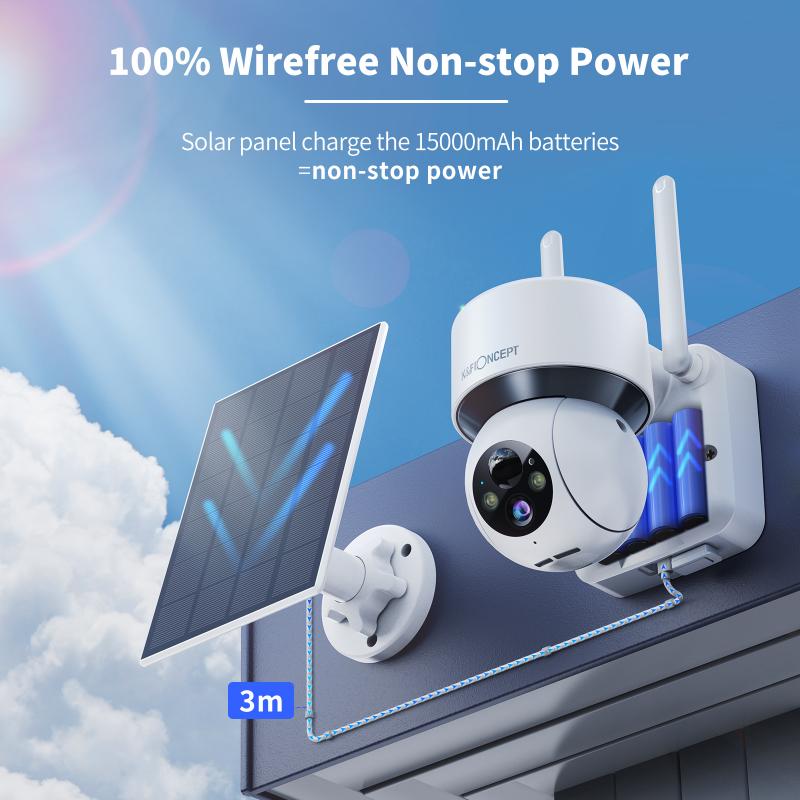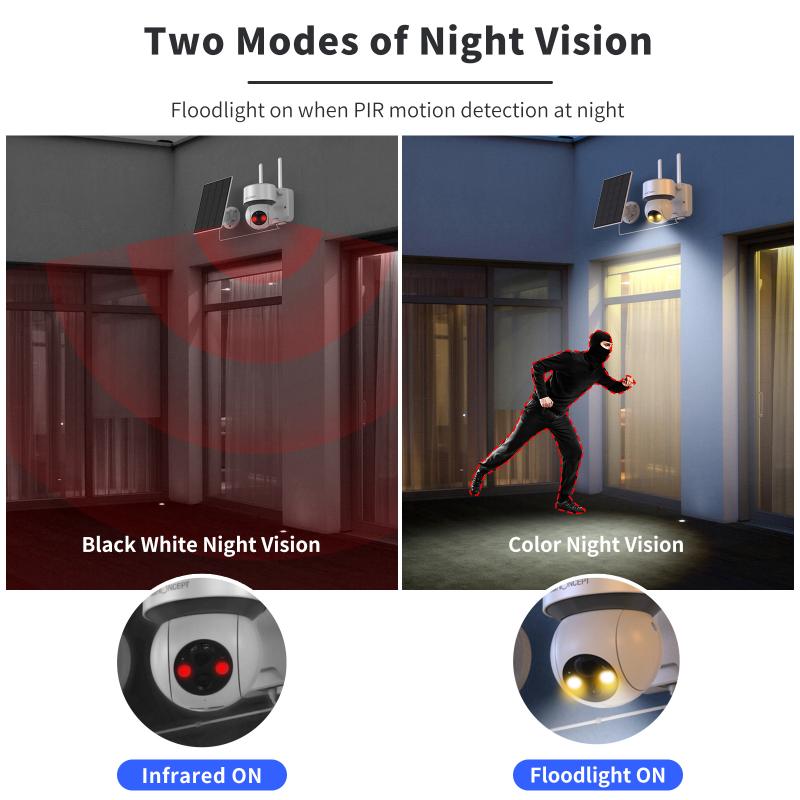How Far Can Solar Panels Be From House?
When considering the installation of solar panels, one of the most common questions homeowners ask is, "How far can solar panels be from the house?" This question is crucial for those who have limited roof space or prefer to install solar panels on a separate structure or in an open field. The distance between the solar panels and the house can significantly impact the efficiency, cost, and overall feasibility of the solar power system. In this article, we will explore the factors that influence the optimal distance for solar panel installation and provide practical solutions to ensure maximum efficiency and cost-effectiveness.
Understanding the Basics

Solar panels convert sunlight into electricity, which is then used to power your home. The electricity generated by the solar panels is direct current (DC), which needs to be converted into alternating current (AC) by an inverter before it can be used by household appliances. The distance between the solar panels and the house primarily affects the efficiency of this energy transfer.
Key Factors Influencing Distance

1. Voltage Drop: One of the most critical factors to consider is the voltage drop that occurs when electricity travels over a distance. The longer the distance, the more significant the voltage drop, which can lead to energy loss and reduced efficiency. To minimize voltage drop, thicker and more expensive cables may be required.
2. Cable Type and Size: The type and size of the cable used to connect the solar panels to the house play a significant role in determining the maximum feasible distance. Larger gauge cables can carry electricity over longer distances with less voltage drop, but they are also more expensive.
3. Inverter Placement: The location of the inverter can also impact the distance. If the inverter is placed closer to the solar panels, the DC electricity will travel a shorter distance, reducing the voltage drop. However, this may require additional considerations for weatherproofing and accessibility.
4. Site Conditions: The physical layout of your property, including the presence of obstacles such as trees, buildings, or uneven terrain, can influence the optimal placement of solar panels. In some cases, it may be more practical to install the panels further away from the house to take advantage of better sunlight exposure.
5. Regulations and Permits: Local building codes and regulations may impose restrictions on the placement of solar panels. It is essential to consult with local authorities and obtain the necessary permits before proceeding with the installation.
Practical Solutions

1. Optimizing Cable Length and Size
To minimize energy loss due to voltage drop, it is crucial to use the appropriate cable size. The American Wire Gauge (AWG) system is commonly used to determine the thickness of electrical cables. For longer distances, a lower gauge (thicker) cable is recommended. For example, a 10 AWG cable is thicker and can carry electricity over longer distances with less voltage drop compared to a 12 AWG cable.
2. Strategic Inverter Placement
Placing the inverter closer to the solar panels can help reduce the distance that DC electricity needs to travel, thereby minimizing voltage drop. This approach may require additional weatherproofing measures to protect the inverter from the elements. Alternatively, microinverters, which are installed on each solar panel, can be used to convert DC to AC at the source, reducing the impact of distance on efficiency.
3. Utilizing Power Optimizers
Power optimizers are devices that can be installed on each solar panel to maximize energy output and reduce the impact of shading and other inefficiencies. By optimizing the performance of each panel individually, power optimizers can help mitigate the effects of voltage drop over longer distances.
4. Considering Alternative Locations
If roof space is limited or not ideal for solar panel installation, consider alternative locations such as ground-mounted systems or solar carports. Ground-mounted systems can be placed in open fields or other areas with optimal sunlight exposure. Solar carports provide the dual benefit of generating electricity while providing covered parking.
5. Consulting with Professionals
Given the complexity of solar panel installation and the various factors that influence the optimal distance, it is highly recommended to consult with professional solar installers. They can conduct a site assessment, calculate the potential voltage drop, and recommend the best solutions for your specific situation.
Case Studies

Case Study 1: Rural Property with Ample Land
A homeowner with a rural property and ample land decided to install a ground-mounted solar panel system 200 feet away from the house. To minimize voltage drop, they used 6 AWG cables and placed the inverter in a weatherproof enclosure near the solar panels. The system achieved high efficiency and provided sufficient power for the household.
Case Study 2: Suburban Home with Limited Roof Space
A suburban homeowner with limited roof space opted for a solar carport installation 50 feet from the house. They used 10 AWG cables and installed microinverters on each panel to convert DC to AC at the source. The system performed efficiently, and the homeowner benefited from covered parking and reduced energy bills.
The distance between solar panels and the house is a critical factor that can impact the efficiency and cost of a solar power system. By understanding the key factors influencing distance, such as voltage drop, cable type and size, inverter placement, site conditions, and regulations, homeowners can make informed decisions about their solar panel installation. Practical solutions, including optimizing cable length and size, strategic inverter placement, utilizing power optimizers, considering alternative locations, and consulting with professionals, can help ensure maximum efficiency and cost-effectiveness. Whether you have a rural property with ample land or a suburban home with limited roof space, there are viable options to harness the power of the sun and achieve energy independence.
